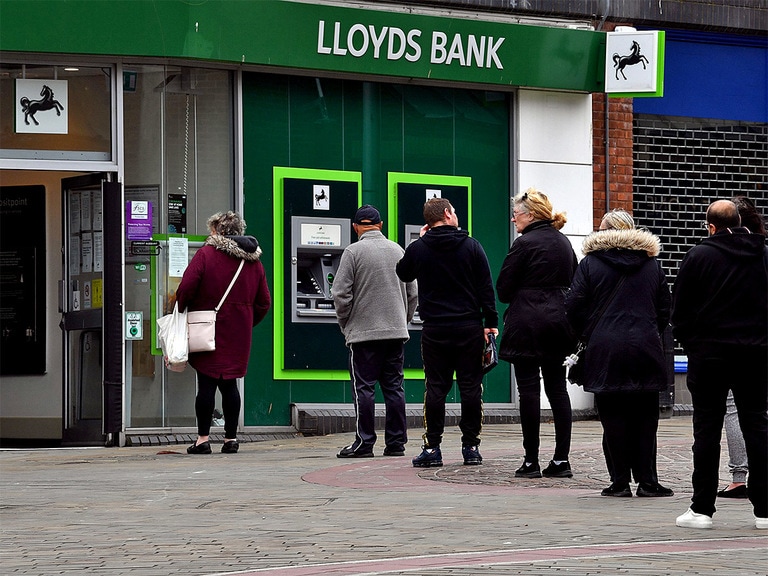European markets managed to eke out a gain yesterday in what turned out to be a relatively choppy session, ahead of today's important ECB rate decision.
US markets on the other hand took their cues from a negative reaction to the latest Q3 numbers from Google owner Alphabet which saw its biggest one-day loss since March 2020, due to a slight miss on its cloud revenues. This in turn saw the Nasdaq 100 fall to 4-month lows, as the rest of the tech sector got sold off heavily, including Facebook owner Meta Platforms, whose shares fell over 4% ahead of the release of their Q3 numbers.
Having come off such a poor day last night’s numbers from Meta really needed to see a decent beat to help reverse some of the negativity from yesterday.
We do appear to have seen that after Q3 revenues came in at the top end of forecasts at $34.15bn, and profits of $11.58bn or $4.63c a share.
Operating expenses fell 7% to $20.4bn, with the company adjusting its annual expenses estimate down to $87-89bn.
Q4 revenues are forecast to come in at $36.5-40bn. No end in sight for the losses in Reality Labs which are expected to continue year over year, where we saw another $3.7bn of losses during the quarter, taking losses year to date to -$11.47bn. Q3 revenue here came in at $210m, pushing total revenue year to date to $825m. The intial gains seen in the aftermath of the Q3 numbers soon disappeared however after the company warned on ad revenues due to a deteriorating economy in Q4.
Nonetheless last night’s slide in US markets and a similar decline in Asia, looks set to translate into a lower European open, ahead of another big macro day with the ECB and US Q3 GDP set to be the major focus.
Is the ECB done hiking? The decision to hike rates back in September to a record high of 4.5% was somewhat of a surprise given some of the narrative that had been coming from ECB President Christine Lagarde in the lead-up to the decision.
It has also become apparent that there are clear divisions on the governing council on the future path of monetary policy with the northern part of the euro area, and specifically Germany keen to keep the pressure on, lest inflation run higher despite the recent sharp falls in the headline rate.
In comments made a week after the decision to raise rates last month Bank of Latvia Governor Martins Kazaks argued that the September increase was appropriate and that future increases couldn’t be ruled out given the upside risks posed by higher energy costs and real income growth.
Nonetheless the tone of the September press conference was one of a wait and see approach from here on in given the downgrade to growth forecasts, which saw 2023 moved down to 0.7% from 0.9%, and in 2024 from 1.5% to 1%, while inflation was revised upwards to 5.6% in 2023 and 3.2% in 2024.
While ECB President Lagarde has been at pains to insist that the ECB isn’t done on the rate hike front, the ECB would be foolhardy in the extreme to hike rates again in a week that has seen economic data show little signs of picking up. It’s already almost certain that Q3 saw the EU economy slide into contraction, and the latest October data has shown little sign that is likely to change.
Moving on to the US economy which is still showing remarkable resilience even after multiple rate hikes. Today we get the first iteration of Q3 GDP and recent data would suggest that today’s numbers will confirm that the US economy has grown at the fastest rate since Q4 of 2021, and at over double the rate of Q1 and Q2, which could pose problems for the Federal Reserve when they meet to decide whether to hike rates, or perhaps wait until December.
In Q1 the US economy managed to grow by 2.2%, followed by 2.1% in Q2. The final revision in Q2 saw personal consumption revised substantially lower to 0.8% from 1.7.
The slowdown in consumer spending during Q2 was a little worrying given how much of the US economy is driven by consumption, however the retail sales numbers during the summer suggest we’ve seen a strong rebound since then.
Nonetheless there was also a sharp revision higher for business investment in factories as the trickle-down effect of the inflation reduction act started to kick in.
Growth estimates for today’s Q3 numbers are higher, with estimates as high as 4.5%, given how strong retail sales have been between July and September, with personal consumption expected to come in at 4%. On prices we’re expecting to see a slowdown from 3.7% to 2.5%.
With a strong labour market and US earnings also looking strong there is a considerable upside risk that a big number today could prompt another spike higher in yields as the market goes to price in one more rate hike between now and the end of the year.
Weekly jobless claims are expected to rise from 198k to 207k.
EUR/USD – failed to overcome the 50-day SMA at the 1.0700 area and has slipped back towards trend line support from the recent lows at 1.0450, which is also a key support area.
GBP/USD – has slipped back from the 1.2300 area and trend line resistance at the trend line from the July highs. Slipping below support at 1.2100, with support now at 1.2000, while a move through 1.2300 is needed to push up to the 200-day SMA at 1.2400.
EUR/GBP – resistance remains at the highs this week at 0.8740. A move below 0.8680 and the 200-day SMA targets the 0.8620 area.
USD/JPY – continues to creep higher and has moved above the previous highs at 150.16, making a new high for the year, potentially opening up a move towards 152.20. Support at the lows last week at 148.75.






